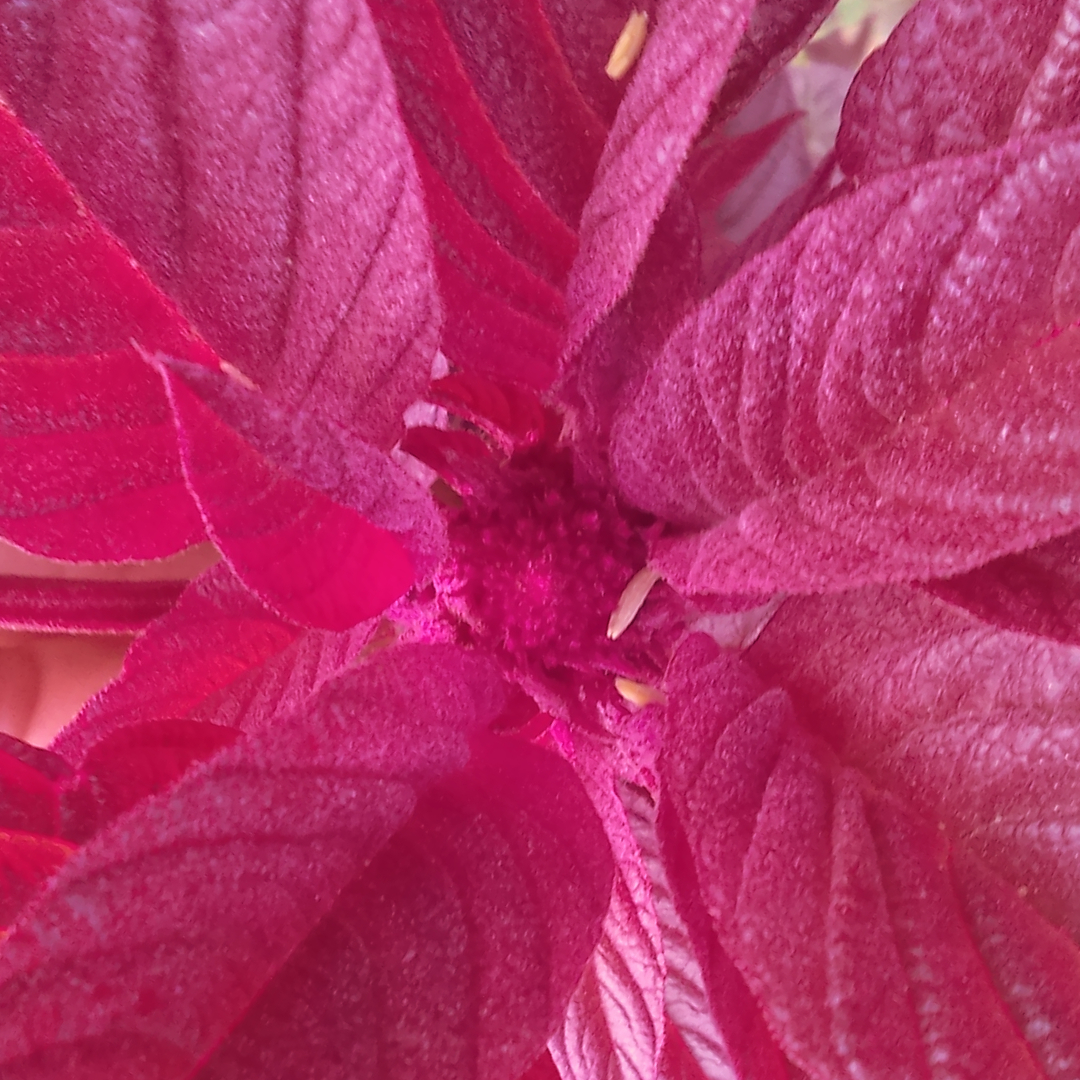Growing Amaranth in Texas: A Beautiful, Gluten-Free Superfood
What a wonderful growing season! As fall begins, I can take a look back at an overall good growing season for the first half of the year. Summer was a bit dry, but overall it was a pretty good season. One plant in particular stands out to me, called amaranth. This was my first time to grow it, so I experimented with a couple of different plants to see how well they did in this part of Texas…and it did fantastic!
In my experimenting this season I wanted to see how well some pseudo-grains grew. I wanted to see if they were worth the time growing them. Pseudo-grains are plants that are eaten like a grain would be, but the part eaten is technically a seed rather than a fruit. Wheat and barley are grains. Amaranth and quinoa are pseudo-grains. Another benefit to pseudo- grains is they are usually gluten free. Not only is amaranth gluten free, but high in protein. It is one of those plants considered to be a superfood, so why not try to grow it?
There are many varieties of amaranth, so choosing some was rather difficult. I chose three varieties, Hopi Red Dye, Orange Giant, and Elena's Rojo. It didn't take much to get them to sprout, and really didn't take much for them to grow. WOW what beautiful plants! At their maturity they were all about 7 to 8 feet in height, which almost overwhelmed me. Another neat thing about these beauties, is not only is the seed edible, but the leaves are as well. You can use the young leaves in salads, and stir fries. I definitely thing amaranth is a great addition to any garden. Not only for nutritional reasons but aesthetically too.
As fall comes around, it is a great time of year to look back on your harvest, not only in the garden but also in life. It is a time to till the soil, as it were, and prepare for planting new seeds. Many blessings to you out there and may your harvest be full!






